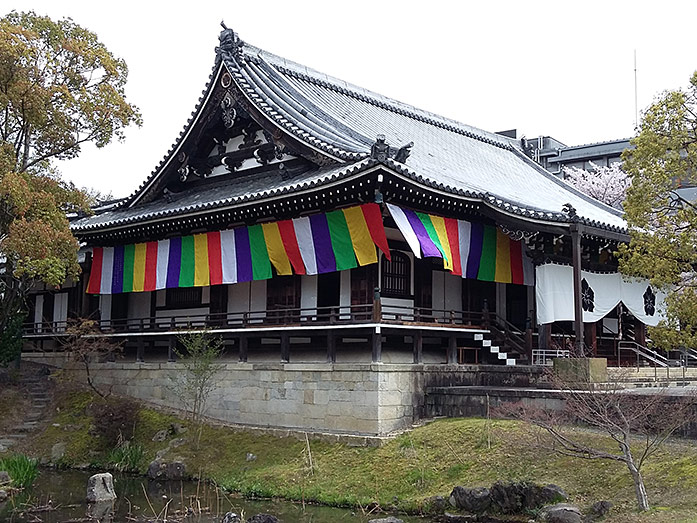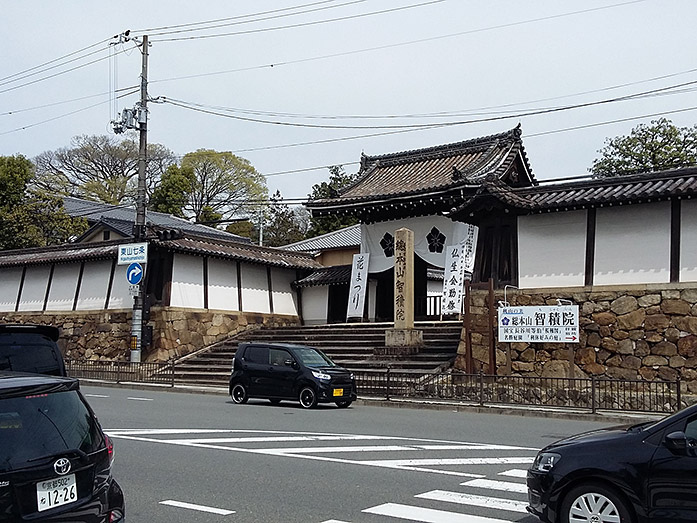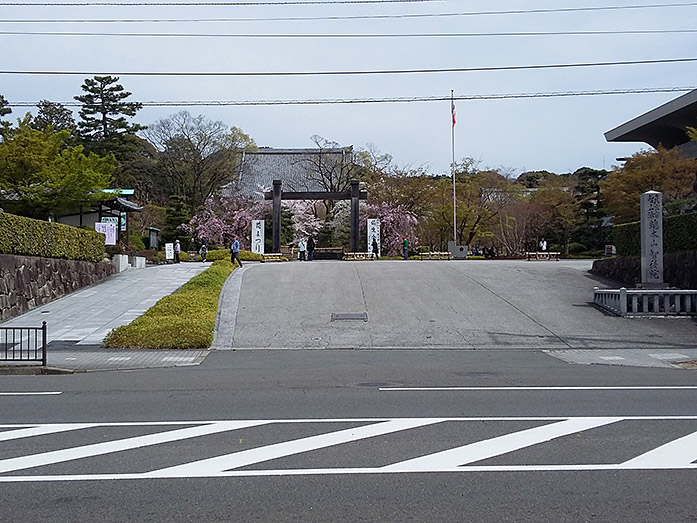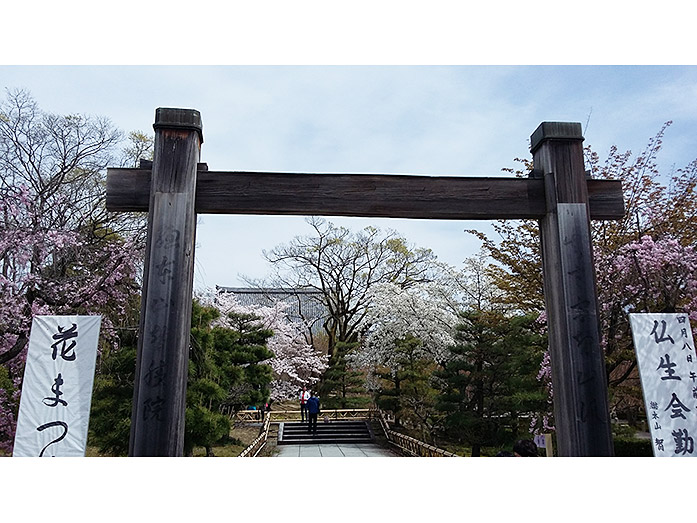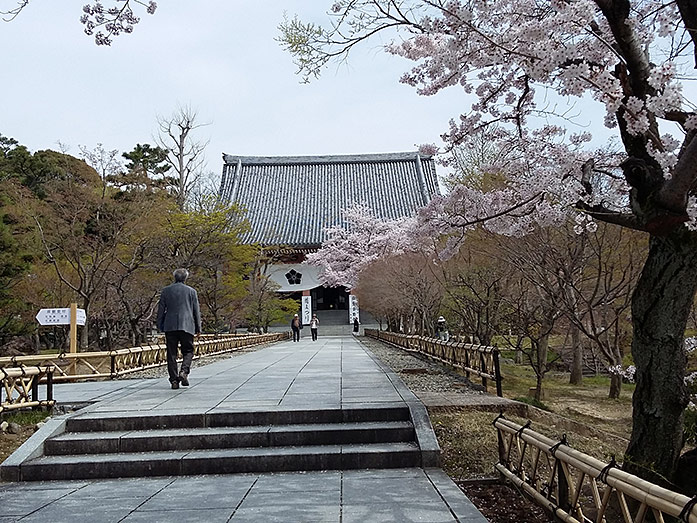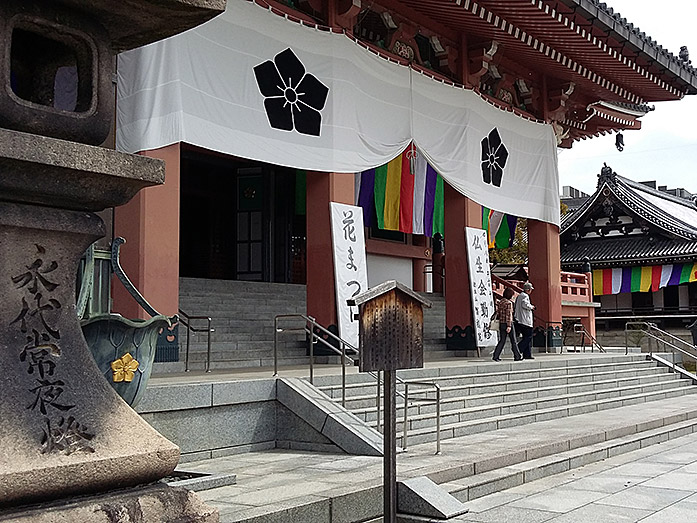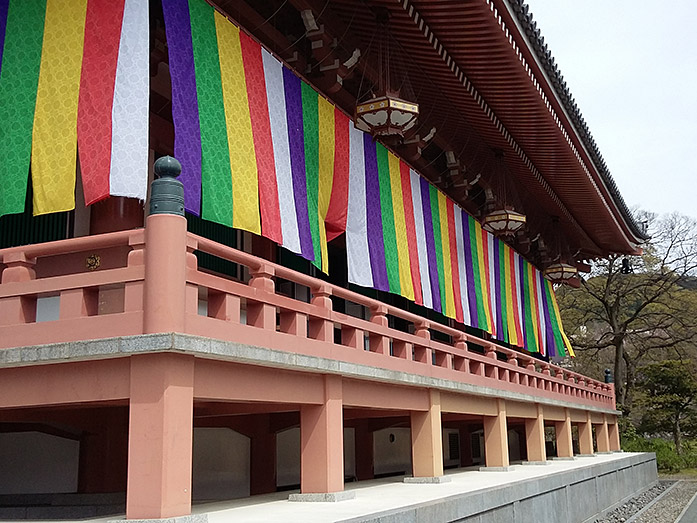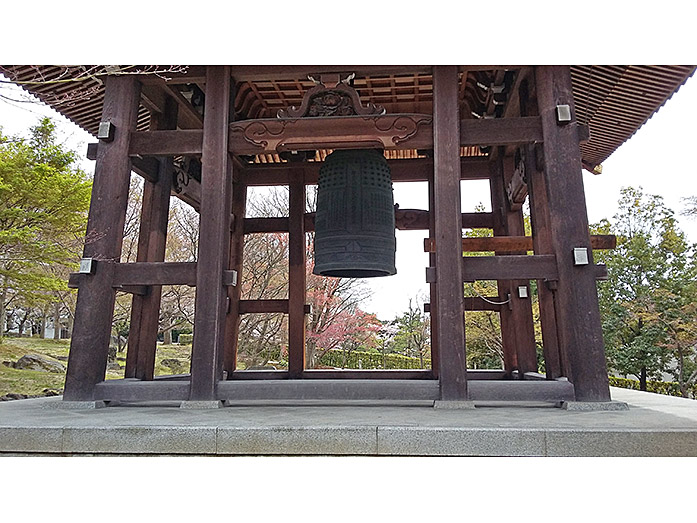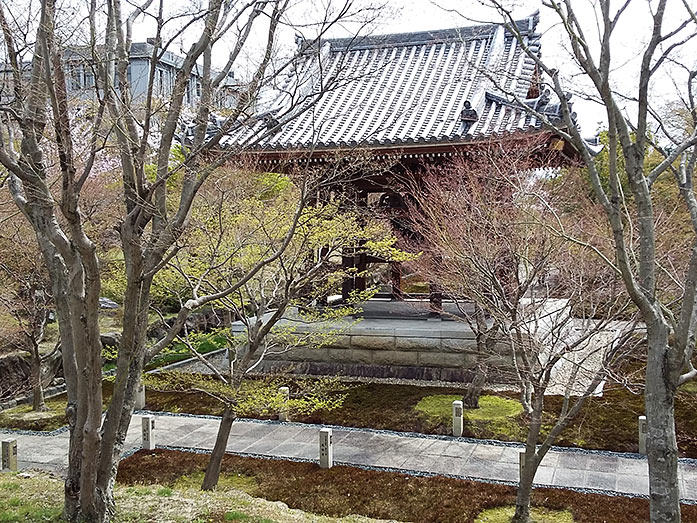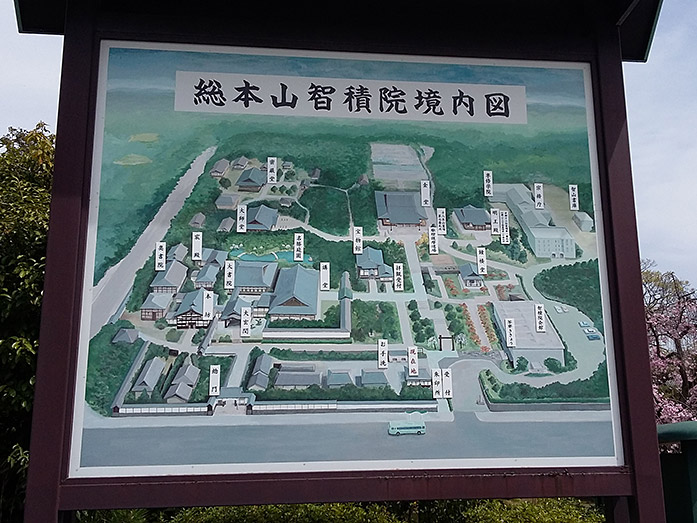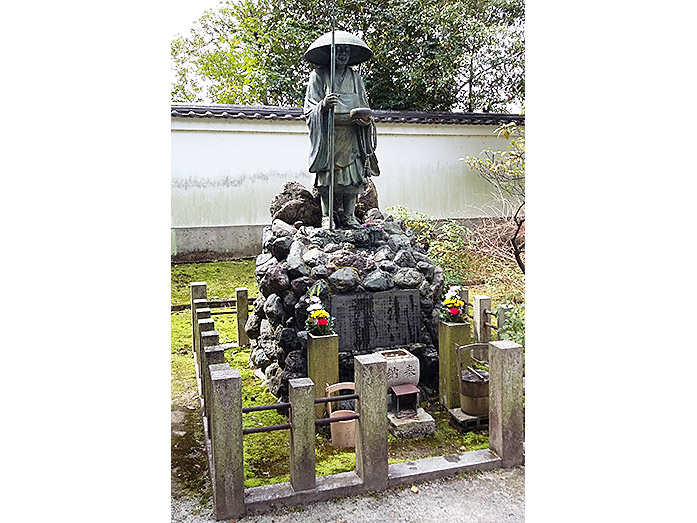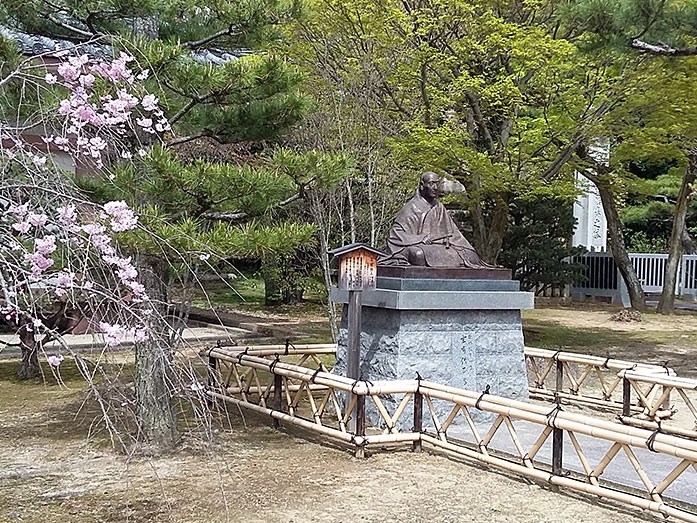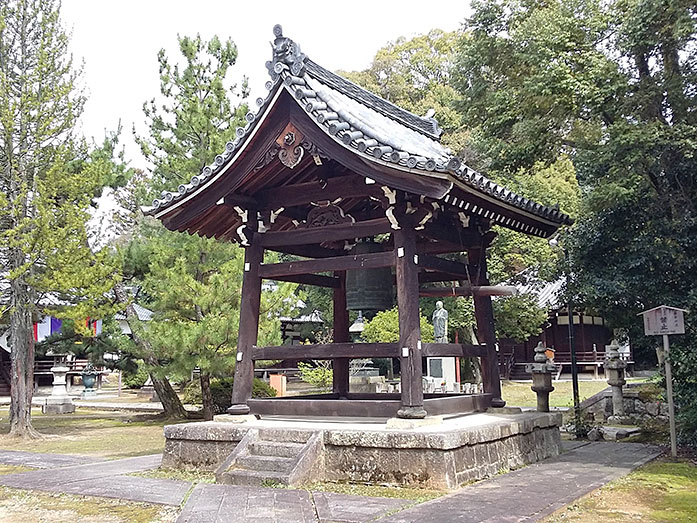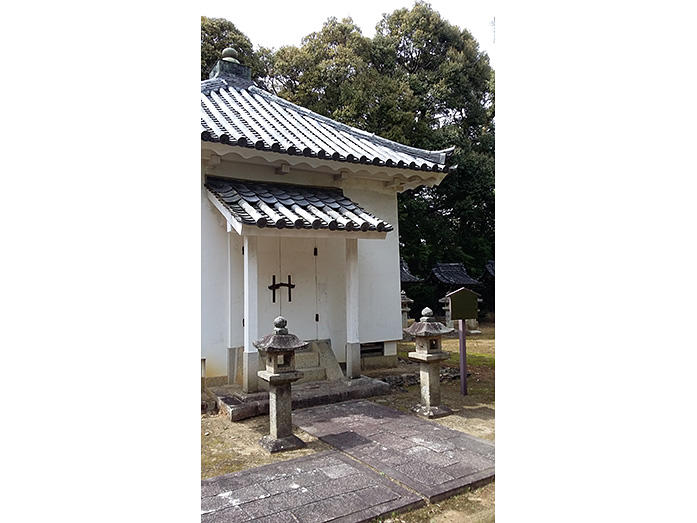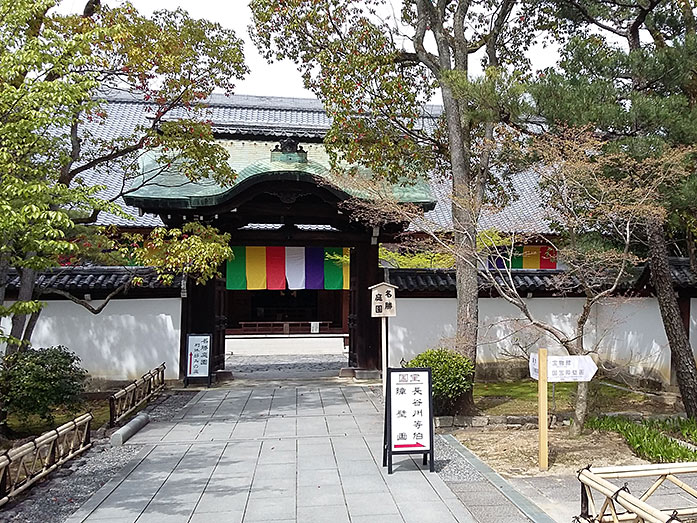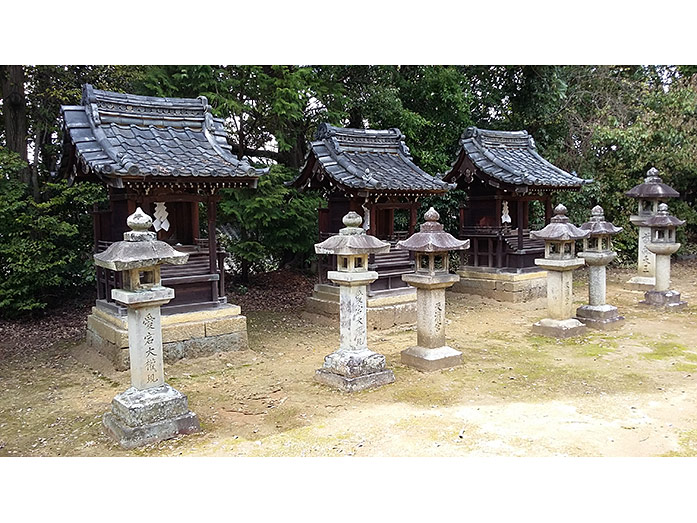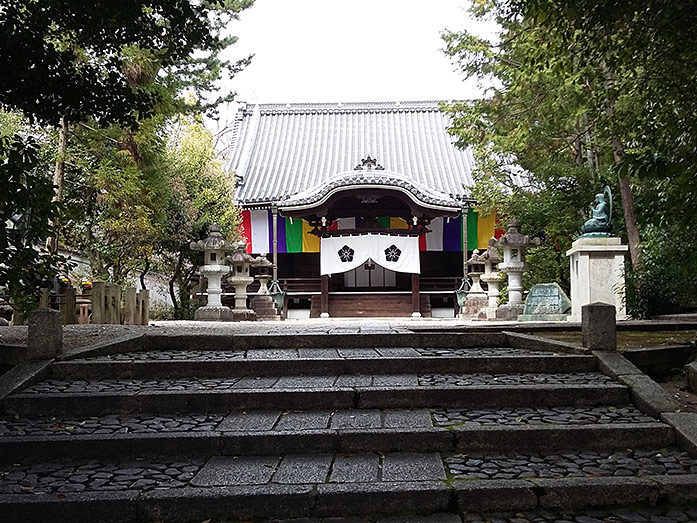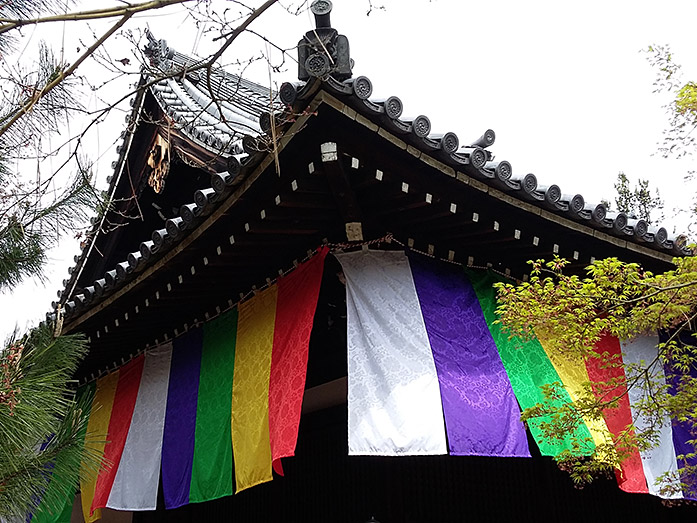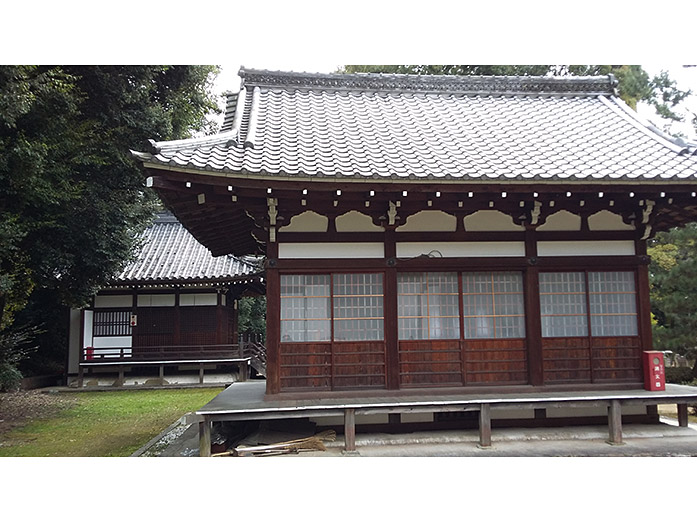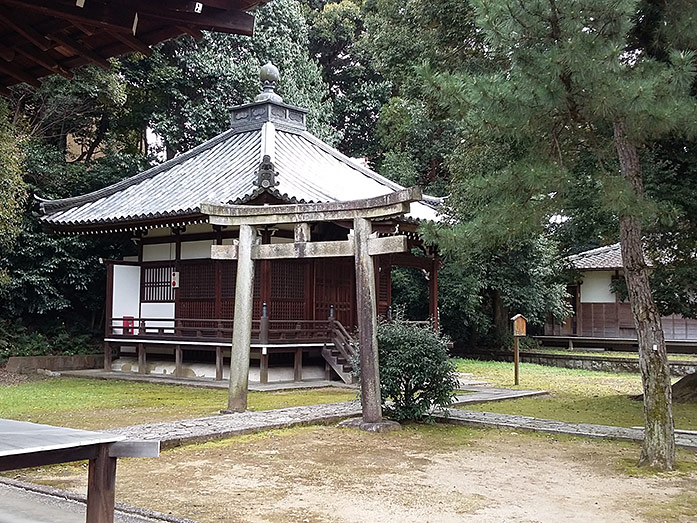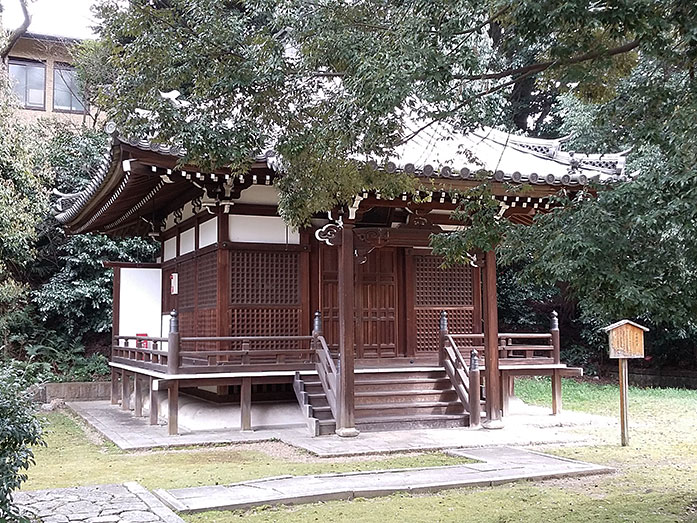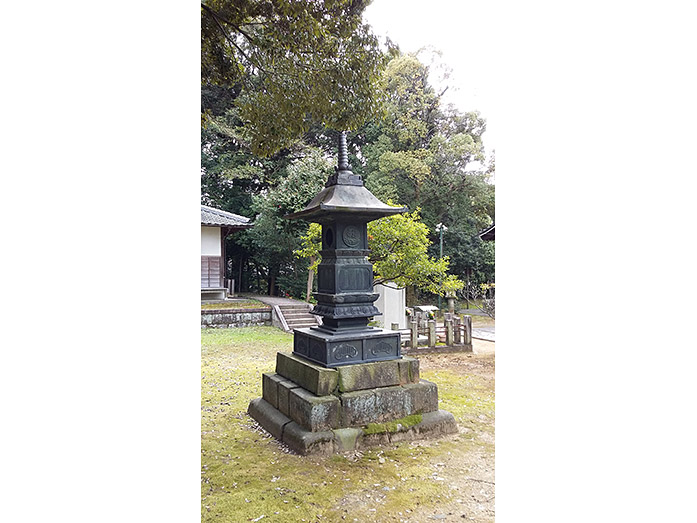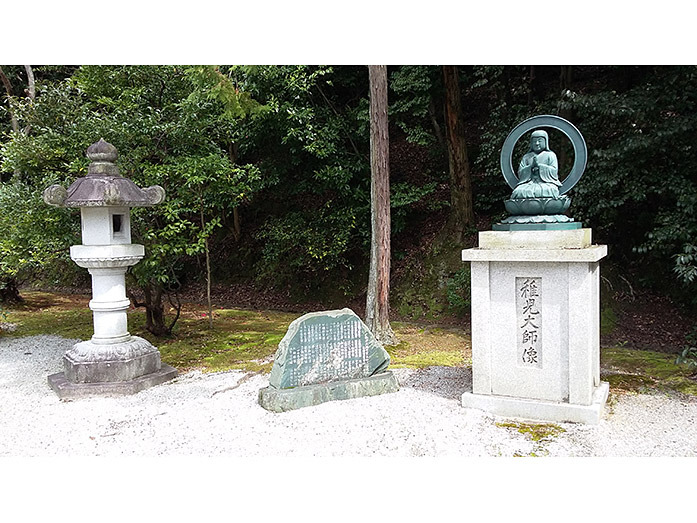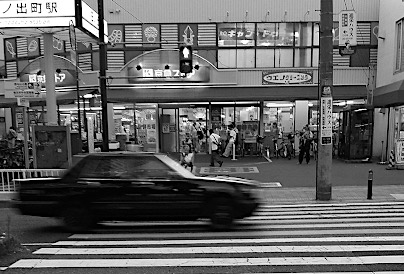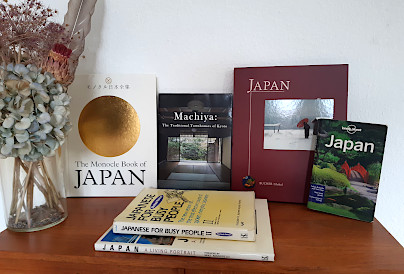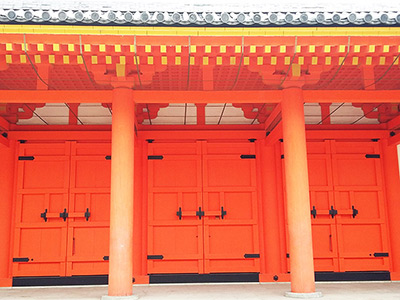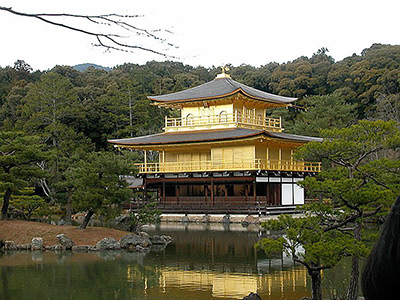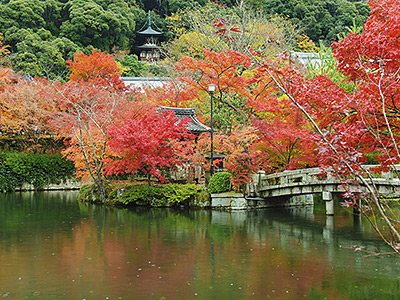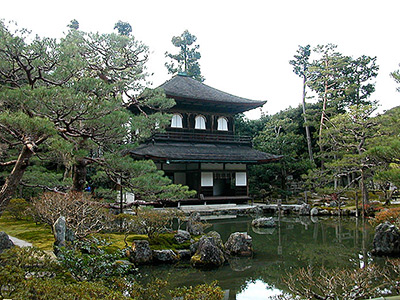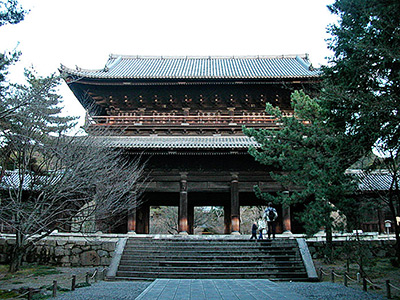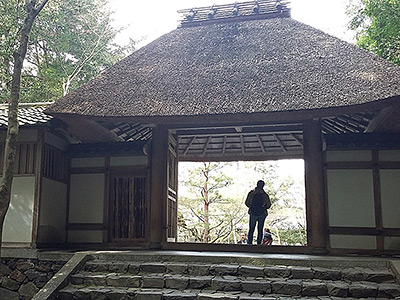Chishaku-in Temple in Kyoto
This post can contain affiliate links, which means that we may receive a small commission if you make a purchase using these links.
Facts & Figures
Chishaku-in Temple is the headquarter of the Chisan School of the Shingon sect of Buddhism. More than 3000 temples all over Japan are part of the Chisan School.
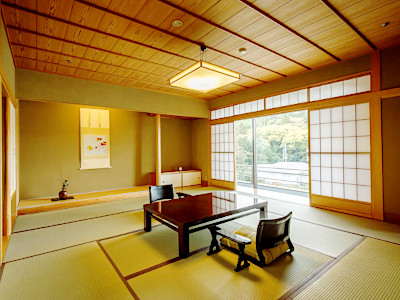 Explore Ryokans in Kyoto >
Explore Ryokans in Kyoto >
Ryokans are the perfect way to discover old Japanese culture and traditions.
This beautiful place is famous for its garden and an impressive collection of Shoheki-ga paintings also called Fusuma-e. Fusuma-e are paintings on paper/sliding doors.
The temple grounds are usually not so crowded and worth a visit especially during the cherry blossom season. My tip combine your visit with the nearby Sanjusangen-do Temple.
- Treasure Museum and Garden:
- Opening Hours - 9:00 am to 4:00 pm
- Admission Fee - 500 yen (Adults), 300 yen (Junior/High School Students), 200 yen (Elementary School Students)
My tips for local activities
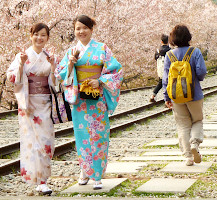
How about exploring the best parts of my favourite city Kyoto with a local guide? The personalized tour by our partner GetYourGuide can take between 2 - 8 hours. For more details check out this page >
History
Chishaku-in has a very interesting history. Everything started far away from Kyoto at Mt. Koya (Wakayama Prefecture). The temple was founded there as an sub-temple of Daidenpo-in by the priest Kakuban (1095 – 1143) in 1130. After some conflicts occurred Kabukan and his followers moved to Mt. Negoro-san. In 1585 daimyo Toyotomi Hideyoshi (1537 - 1598) destroyed the whole temple area and head priest Genyu had to leave. In 1601 shogun Tokugawa Ieyasu (1543 - 1616) supported the efforts of priest Genyu to rebuilt Chishaku-in in Kyoto. The temple was damaged by huge fires in 1682 and 1947. Unfortunately half of the famous paintings (Fusuma-e) were lost.
Location

Chishaku-in is located close to Sanjusangen-do Temple and Kyoto National Museum within the Higashiyama district.
Address: 964 Higashiyama-dori Shichijo-sagaru, Higashiyama-ku, Kyoto
How to get to Chishaku-in?
- 10min from Kyoto Station to Hakubutsukan-Sanjusangen-do-Mae stop by Kyoto City Bus nr. 206 or
- 10min walk from Keihan Shichijo Station
Sightseeing spots
Top:
Fusuma-e - The famous wall paintings by Tohaku Hasegawa (1539 - 1610) and his son Kyuzo Hasegawa (1568 - 1593) are designated as a national treasure. Important: It was not allowed to take pictures.
Chishaku-in Meisho Garden - The designated place of scenic beauty is an great example of Japanese garden design dating back to the Momoyama Period (1573–1603). Enjoy the azaleas which start blooming in the end of April.
Festival & Events in Kyoto(dates can change without notice)
April
Miyako Odori (1st - 31th)
The traditional annual spring dance of the Kyoto district Gion Kobu performed by Geiko and Maiko is a must-see on your Kyoto visit. Don't miss the most popular dances the Miyako Odori "Cherry Blossom Dances" or "Dances of the Old Capital" at the Gion Kobu Kaburenjo Theater (located close to Gion Corner).
May
Aoi Matsuri (15th)
The highlight of this festival is a large parade from Imperial Palace through Shimogamo Shrine to the Kamo Shrines. More than 500 people wearing aristocratic costumes from the Heian Period (794 - 1185). The Aoi Matsuri belongs with the Gion Matsuri and Jidai Matsuri to the three most famous festivals in Kyoto.
June
Aoba Matsuri (Green Leaf Festival) at Chishaku-in (15th)
The festival is an ancient ritual of followers of the Shingon sect of Buddhism, which are called Yamabushi. They participate in a series of ceremonies like celebrating the birth of founder Kobo-Daishi (744 - 835).
July
Gion Matsuri (whole month)
The month July is full of different events like the Yoiyama - Kyoto's Magical Night (locals in kimonos look at the giant Gion floats the day before the parade) or the famous Yamaboko Junko (float procession on the 17th of July).
October
Jidai Matsuri ("Festival of Ages") (22nd)
People celebrate with a large parade between Imperial Palace to Heian Shrine the anniversary of the foundation of Kyoto. App. 2000 participants wearing historical costumes from different time periods. Enjoy this great festival which last around 2 hours.
Where to stay in Kyoto?
Day trips from Kyoto:
My 100 Best Moments in Japan
I have visited Japan nearly every year since 2004. This is my collection of the 100 best moments in my favorite country. Enjoy the pictures and I hope you will start your own journey soon.
Find out more >
Books about Japan
Reading books is a great source of inspiration for me. Check out my recommended list of books about the fascinating country Japan.
My Book recommendations >

